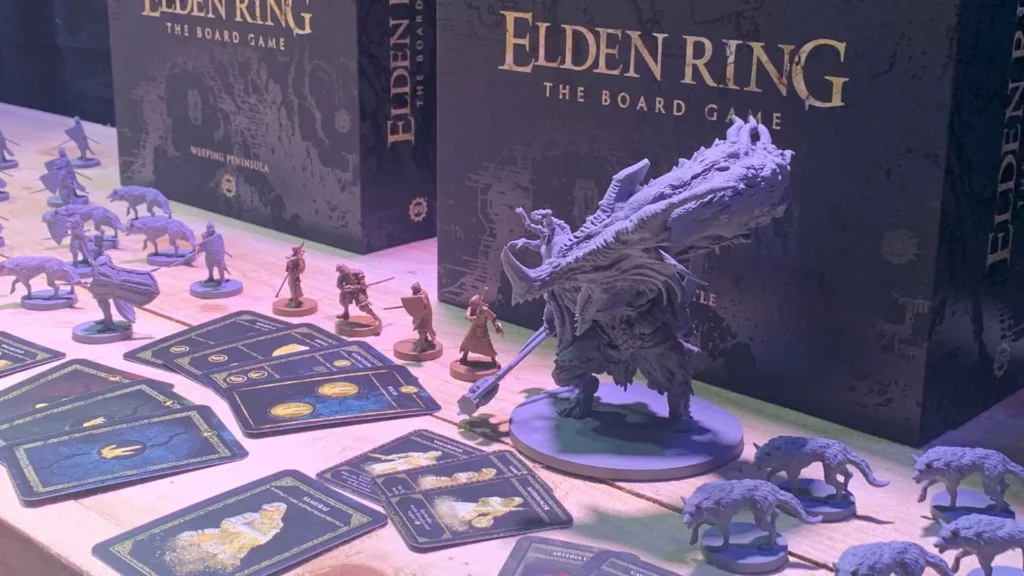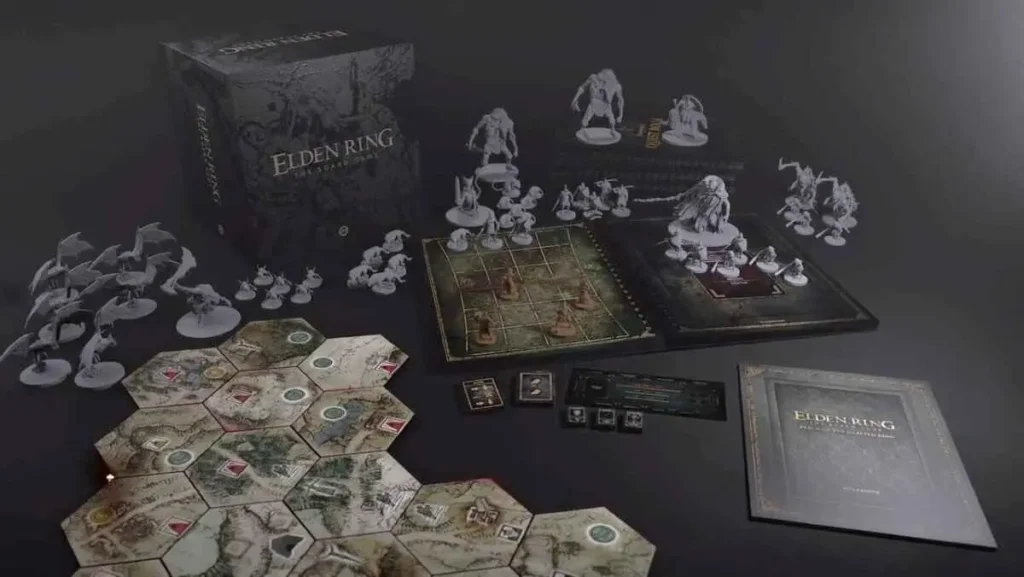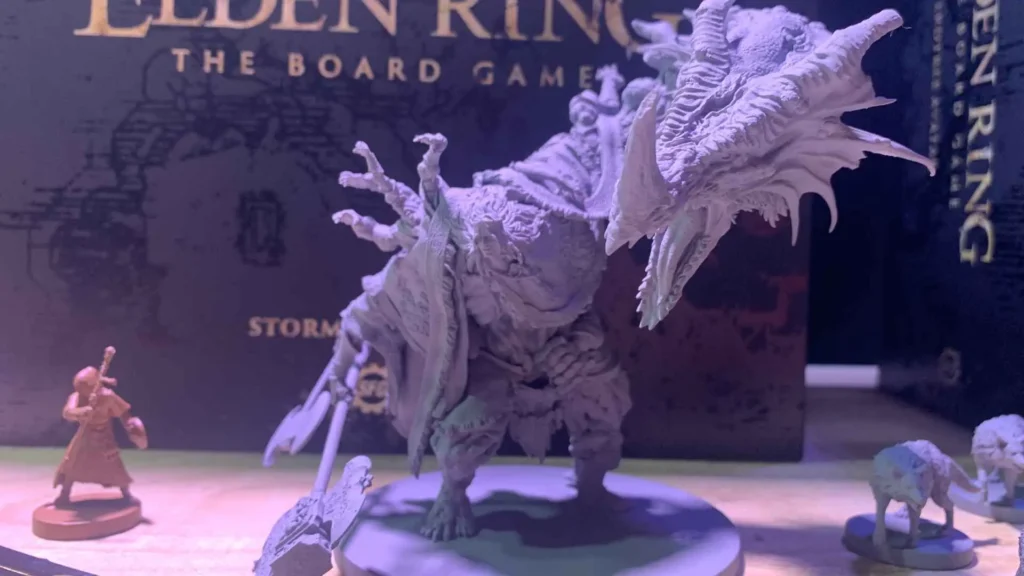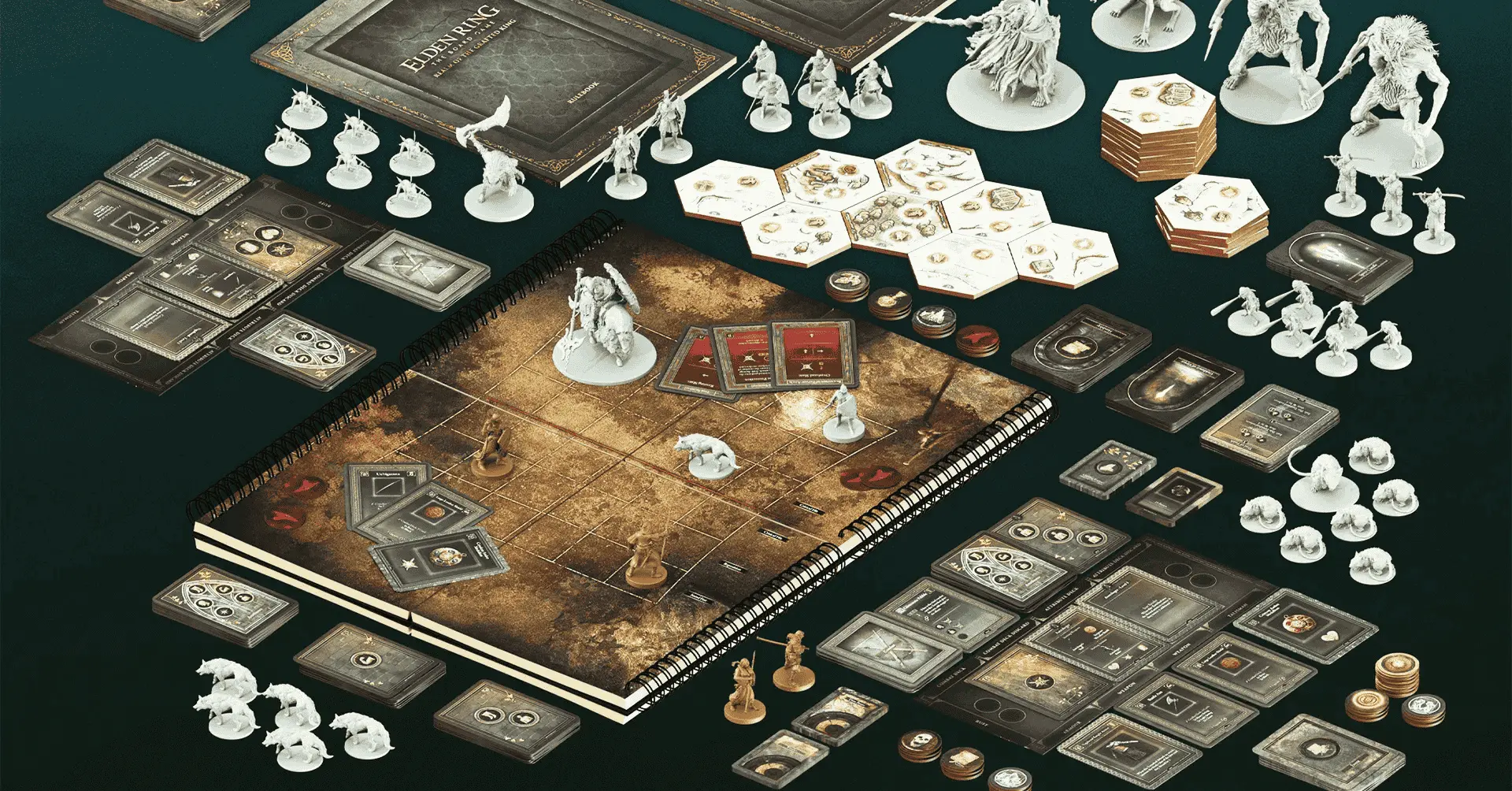Few video game titles in recent memory have captured the public’s imagination quite like FromSoftware’s Elden Ring. With the increasing trend of video games transitioning into board game form, it was inevitable that this expansive fantasy epic would make the leap. The task fell to Steamforged Games, known for translating major gaming franchises into tabletop experiences. Following a highly successful crowdfunding campaign in 2022, Elden Ring: The Board Game is now reaching backers and available for preorder. The time has come for the Tarnished to rise once again.

Elden Ring operates as a campaign board game, inviting players to venture through a sequence of connected scenarios. Characters evolve over time, gaining strength and abilities with each session. There are currently three full campaigns available: Realm of the Grafted King, The Weeping Peninsula, and Stormveil Castle. The first serves as the main game, while the others act as standalone expansions. Characters can be carried between campaigns, allowing their growth and story to continue. Each box offers unique character classes, with combinations such as the Vagabond, Samurai, Astrologer, and Prophet in the base game; the Hero, Bandit, and others in the expansions. This variety supports replayability and different playstyles.
An Imposing Presence
The physical size of the game is as impressive as its source material, with massive boxes filled to the brim with intricately sculpted miniatures, a large volume of cards, various tokens, modular map tiles, and an array of rulebooks and scenario guides. For those just entering the world of the Tarnished, the sheer volume of content may feel daunting. Yet, the production quality is top-tier. Steamforged has delivered one of their most refined products to date, with highly detailed figures and components built for long-term use.
Diverse Scenario Design
The game includes multiple scenario types to maintain variety. While not all hit the same level of engagement, the diversity helps avoid repetition. Narrative-driven scenarios unfold through story segments where players make choices and sometimes test skills, triggering various outcomes. While well-written, these story-centric encounters may not appeal to those more focused on action and exploration.
Exploration scenarios, on the other hand, truly capture the essence of the video game. Players gradually uncover the map by flipping tiles, encountering everything from foes and treasures to resting Sites of Grace. This unpredictable, discovery-driven format brings tension and excitement. Similar systems have worked well in other titles, and here it reinforces the sense of journey. The blend of combat, story, and exploration within these scenarios makes them some of the game’s strongest.

Three additional scenario types focus exclusively on combat: Gauntlet, Dungeon, and Boss encounters. Gauntlets test endurance with challenging enemy waves and modifiers. Dungeons build toward a powerful foe, and Boss fights serve as the ultimate challenge, demanding coordination and strong builds. Combat is a core feature of the game, and its depth makes it one of the most engaging elements.
Tactical Grid-Based Battles
Combat unfolds across modular battlefields formed by notebook-style grid maps. Some battles require multiple connected pages to represent larger arenas. Positioning plays a major role, with different rows offering benefits such as extra damage or defensive bonuses. Strategic movement is vital, and discussions among players often become intense as they attempt to manage overwhelming enemy attacks. Difficulty is high—enemies hit hard and require careful planning.
Standard enemies operate using action cards filled with icons indicating their moves and attacks. Understanding these takes some learning but becomes manageable. Bosses elevate the challenge with entire decks of actions. Their initiative position varies, which can result in brutal surprises. Despite the difficulty, scaling enemy health based on the number of players ensures fairness and keeps battles balanced. These moments often become suspenseful tests of resilience and teamwork.

In a departure from typical board game mechanics, Elden Ring does not use dice. Instead, it employs a deck-building system. Players build decks based on their equipped weapons, abilities, and gear, while combat outcomes are resolved using a separate Attribute deck. These cards reflect core stats like Strength or Dexterity and influence both attack and defense. This design deepens the tactical layer and reinforces character individuality.
Customization and Progression
Progression mirrors the digital version, offering a wide range of upgrades. Players can level up, equip new items, switch skills, and enhance their stats through Trait cards. A Rune system governs how much gear a character can carry, and this capacity increases throughout the campaign. However, the tracking system is a notable weak point. Rune cards are limited, leading to clutter. A better tracking method—such as a dial or dedicated board—would streamline this aspect. Currently, jotting values down by hand is the most efficient workaround, though far from ideal. It is hoped that a future update or community-made solution addresses this issue.
A Cautionary Start
While the game’s structure and mechanics are impressive, choosing the right campaign to begin with is crucial. Starting with Stormveil Castle—though technically standalone—proved challenging. This campaign assumes progression through earlier content, with elevated starting stats and gear, which can confuse newcomers. For the best onboarding experience, it is strongly advised to begin with Realm of the Grafted King, which is designed to serve as the true starting point for any new group.
S.T.A.L.K.E.R. The Board Game is another great project that we have already reviewed.
